How to identify whether a business is Greenwashing?
Greenwashing originated during the 1960s when hotels encouraged customers to reuse their towels as it is better for the environment. This may seem innocent at first but the choice was made to reduce laundry costs for the hotels. Greenwashing creates a false identity, claiming that businesses are environmentally sound when in reality they are just capitalising on conscious consumers.
Consumers are now more aware that their lifestyles and the way they consume resources are unsustainable. In order to change it is easy to fall for products which proclaim that they are “environmentally-friendly” without doing additional research or asking whether the products are doing more harm than good. Here are some important factors to keep in mind to see through greenwashing.
Do not get deluded by the Jargon and imagery
Buzzwords such as “Green”, “natural” and “Eco-friendly” do not carry any weightage besides luring customers to buy from companies which claim to care about the environment. This marketing tactic is a way that companies can capitalise with minimal effort. To identify the ambiguous claims and wording is to examine the officialness. If an item of clothing is claimed to be “sustainably grown” what are the requirements needed to meet these criteria?
Most greenwashed advertisements use images of the rainforest, leaves, green packaging and animals. Turtles are used as the flag-bearer of all things environmental. In reality, products which are genuine use simpler and plain packaging.
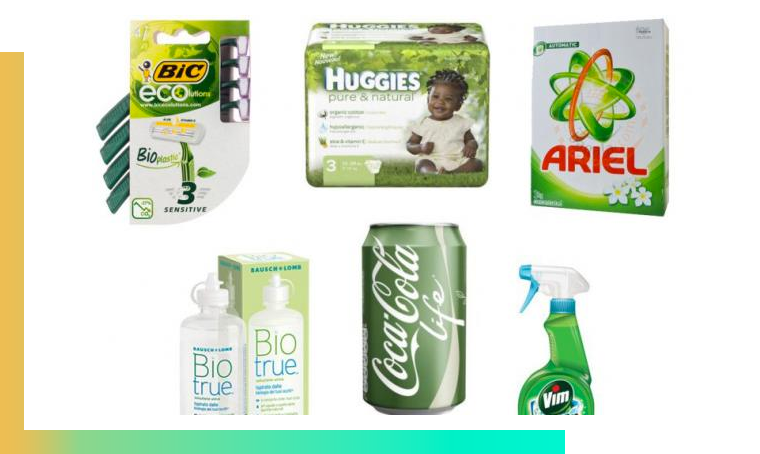
Green packaging does not equal to green products. (Source: Disko-agency)
There are often hidden trade-offs in the garments industry
Businesses can put up a facade of being sustainable and pro-environment but have an opposing trade-off. For instance, when clothing brands use “recycled” or “natural” materials in an advertisement. In reality, the clothes are created under exploitative conditions in the global south. Today companies are becoming more transparent and are reporting the number of emissions, water and resource use their products use.
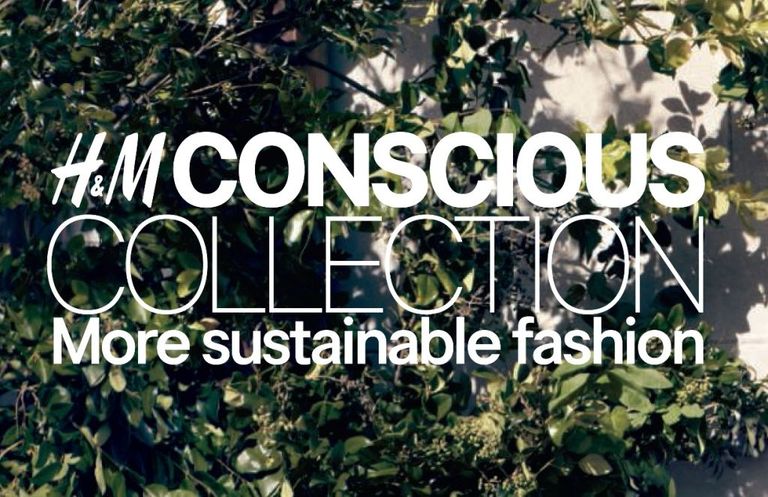
H&M’s use of Green Imagery (Source: H&M)
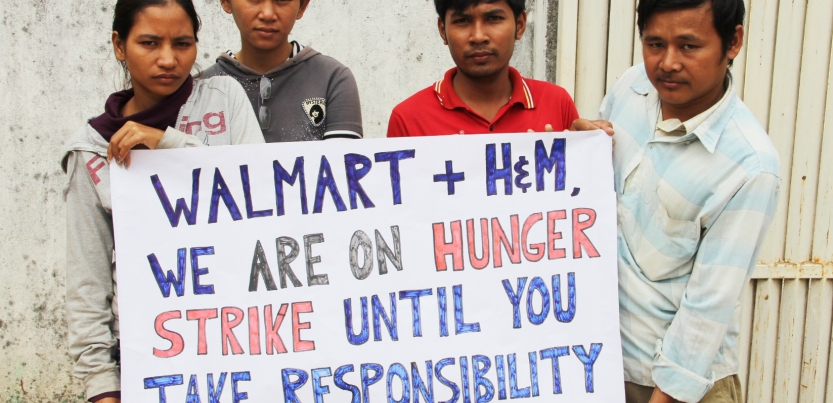
H&M has not delivered on its 2013 promise to pay 850,000 workers a living wage by 2018 (Source: Labor notes)
The “notable” claims may just be irrelevant
Labels that claim to be free of certain chemicals might be banned by the law. It is then irrelevant to advertise as going green. Besides this, you might have also come across labels that mention, “not tested on animals”. However, we need to understand the country laws where the goods are produced. The cosmetics brand MAC is against animals testing, however, they have a few labs located in China where testing on animals is required by law.
Ask yourself if you really need it?
Canvas bags, metal straws and bamboo cutlery are products that are trendy on Instagram and popularized by Eco-warriors. These aesthetic posts are there to make you feel tempted to go out and buy them. But if you already have cutlery, bags and can drink without a straw then you don’t need these items. It is important to use what you already have than throwing away and replacing them.
Ask yourself when a brand makes a claim to sustainability, are they actually environmentally conscious or they just greenwashing to grow their business?

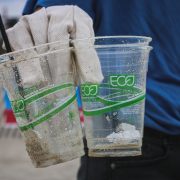
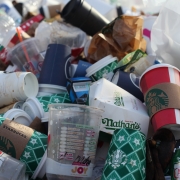
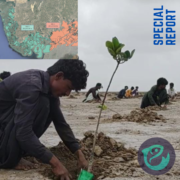


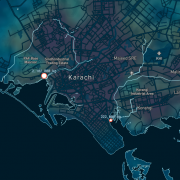

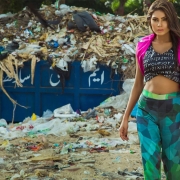



Leave a Reply
Want to join the discussion?Feel free to contribute!